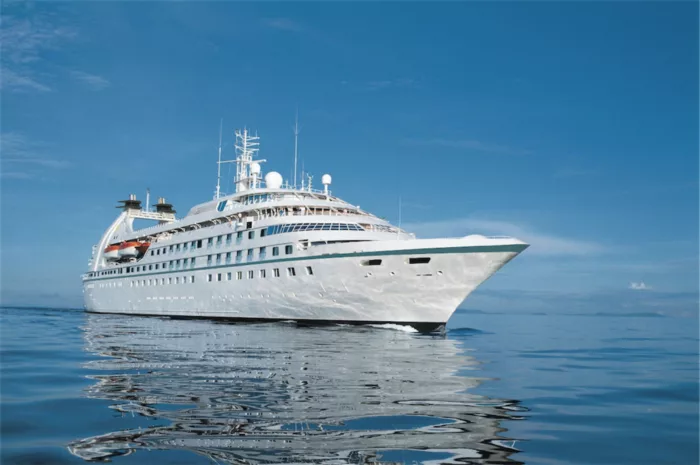Visiting:
Arctic

Windstar Cruises
Windstar Cruises operates a fleet of small luxury cruise ships. The cruise line has six yachts - three of which are masted sailing ships - and offers laid-back luxury with a tinge of historic seafaring adventure.
Wind Star and Wind Spirit each carry 148 guests, whereas Wind Surf carries 342. 'Power yachts' Star Pride, Star Breeze and Star Legend all carry 312 passengers. It's a unique experience, by all means!
312
Passengers
204
Crew
1990
Launched
2021
Last refit
12995t
Tonnage
159m
Length
19m
Width
15kts
Speed
6
Decks
USD
Currency
Cruise Itinerary
Day 1
Reykjavík, Iceland
Day 2
Heimaey Island, Iceland
Days 3 - 4
Seydisfjørdur, Iceland
Day 5
Akureyri, Iceland
Day 6
Isafjørdur, Iceland
Day 7
Grundarfjørdur, Iceland
Day 8
Reykjavík, Iceland

Day 1
Reykjavík, Iceland

Day 2
Heimaey Island, Iceland

Days 3 - 4
Seydisfjørdur, Iceland

Day 5
Akureyri, Iceland

Day 6
Isafjørdur, Iceland

Day 7
Grundarfjørdur, Iceland

Day 8
Reykjavík, Iceland
Ship Details


Windstar Cruises
Star Pride
Star Pride is large enough to pamper and entertain you, yet small enough to tuck into delightful tiny harbours and hidden coves that others can’t reach.
Cabins
All Prices













